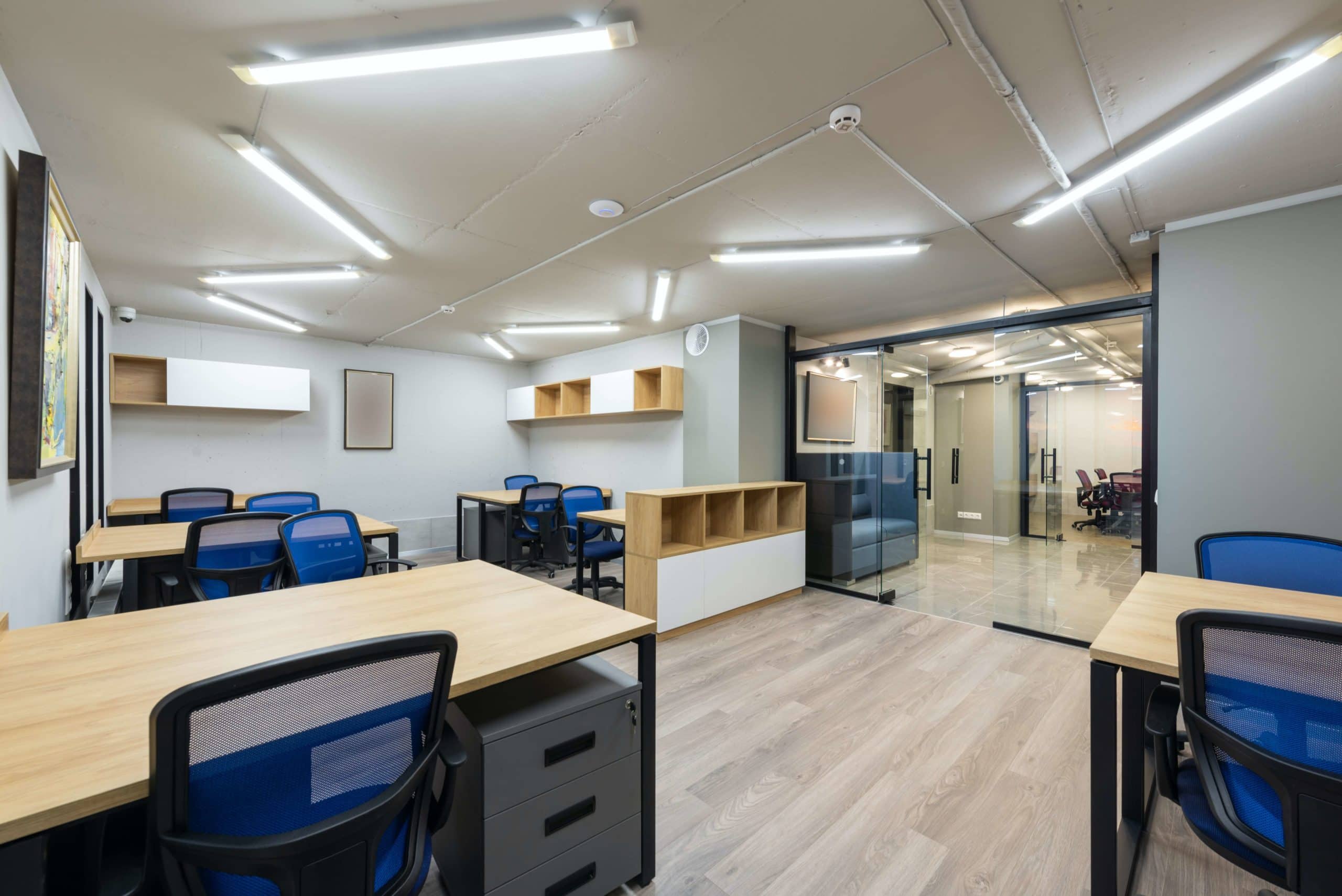According to a report from Forbes, the average office worker spends at least 15 hours sitting down every day. Being chained to a desk has negative health implications, not to mention the toll it can take on the productivity and happiness of your employees.
As an employer, there are steps you can take to ensure that your team can do their jobs to the best of their ability. One such step to take is to consider workplace ergonomics. You shouldn’t neglect the importance of ergonomics in office design, and here’s why.
What Is Ergonomics?
Ergonomics refers to the art and science of designing a workplace to suit specific individual needs. It’s a part of science with the goal of learning about people’s abilities and limitations and then uses this information to improve the interaction people have with systems, products, and environments.
Ergonomics improves workspaces and other environments to minimize the risk of injuries. As technology changes, the tools we use when working, resting, and playing must also change.
Reasons Why Is Ergonomics Important in the Workplace
#1. Ergonomically Designed Workplaces Positively Affect Employee Productivity
A person’s physical condition directly affects their productivity levels. Similarly, their mental health also impacts their ability to focus and other indicators of cognitive performance.
Ergonomically designed offices help improve overall employee wellness and boost their productivity. Ergonomic furniture and equipment allow employees to be comfortable while they’re working. When their workstation allows for good posture, fewer motions, better reaches and heights, and less exertion, efficiency is higher.
Below are some examples:
- They won’t have to take periodic breaks to rest their hands and wrists if they’re using an ergonomic keyboard.
- They won’t have to constantly get up and stretch if they’re sitting on an ergonomic chair.
- They’ll stay alert and awake if they’re working at a standing desk.
#2. Ergonomically Designed Workplaces Prevent Injuries
Ergonomic offices help eliminate daily hazards that can lead to accidents and injuries, fostering a culture of safety. Ergonomic furniture reduces muscle strain, poor posture, and harmful repetitive motions. And when your employees are injured or sick, they’re either absent—and therefore not contributing to company output—or working at a diminished capacity.
Remember, the most valuable asset of any business is its workforce. When you design the workplace with your employee’s well-being in mind, your team will feel and trust your company’s commitment to safety and health. And when you have safe and happy employees, your business results will also naturally improve.
#3. Ergonomically Designed Workplaces Reduce Costs
Employee injury and sickness cost businesses a lot of money annually. On average, employers spend $40,000 for every workplace injury claim.
Furthermore, for every dollar spent on the direct costs of a claim, another $2.12 would be spent on indirect costs such as lost production, work stoppage, higher premiums, etc.
According to a review conducted by the Washington State Department of Labor, businesses can significantly reduce costs through office ergonomics. Companies that systematically eliminate ergonomic risk factors see a 56% average reduction of musculoskeletal disorders among their employees and a 68% reduction in workers comp costs.
#4. Ergonomically Designed Workplaces Improve Employee Engagement
When a company is invested in their workers’ comfort, health, and safety, their employees feel more valued. And employees who feel valued tend to be more engaged at work.
They show up to work with passion, purpose, and a bounce in their step. Workers are also more motivated, more likely to go the extra mile for the company, and less likely to be late or absent.
Here are some statistics that demonstrate the importance of higher levels of employee engagement:
- Highly engaged workers are more profitable. A report from Salesforce showed that companies with more collaborative-minded employees consistently outperform their competitors. Another report from Deloitte also showed that organizations that invest in employee engagement programs are 12 times more likely to have strong business outcomes.
- Highly engaged workers are 4.6% more likely to feel empowered. A poll by Gallup showed organizations that make employee engagement one of the guiding principles of their business strategy see a 59% reduction in turnover rates and a 41% reduction in absenteeism.
- Disengaged employees cost businesses in the US around $550 billion annually. A report from The Engagement Institute emphasizes that employee engagement is crucial to the business’s bottom line.
Investing In Office Ergonomics? Contact Us Today
There are numerous benefits to creating ergonomic offices. Healthier and happier employees are more productive and better for business.
T2B Interiors is here to help you create a workplace that will make your employees feel valued and appreciated. Our team specializes in designing offices where employees are comfortable throughout their working day and empowered to do their best work. Our designers will help you determine the needs of your company and employees and work with you to find suitable solutions that will address those needs.
Contact us now to learn more.

